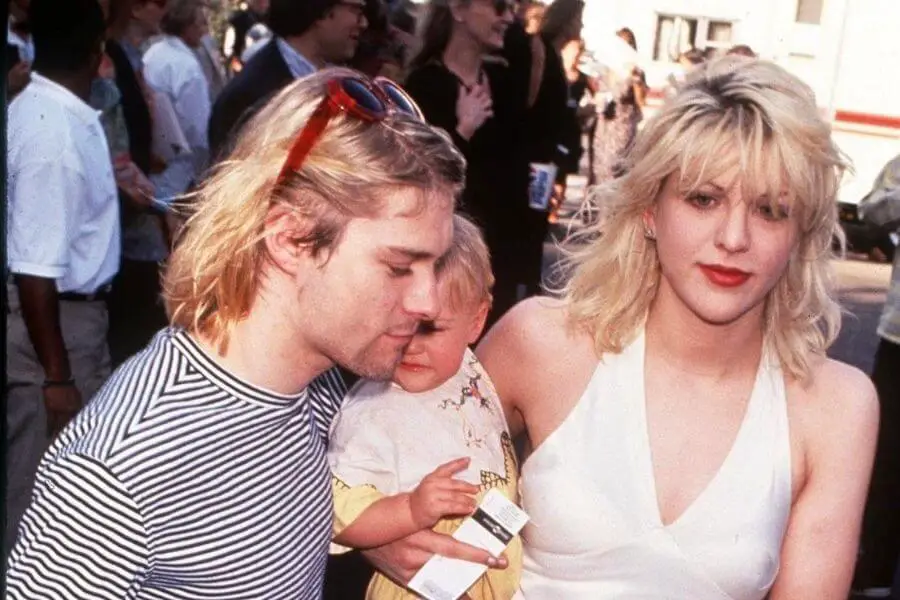The lead singer and guitarist of the upcoming band, Nirvana was found dead on April 8th, 1994, at the age of 27 in his Seattle home. The death of Kurt Cobain became the talk of the town due to many conspiracies attached to it.
While the reports claim that Kurt had died three days before he was found, with a shotgun across his body, a head wound, and an apparent note explaining why. Private investigator Tom Grant, host Richard Lee, and many others had a different narration, all of which culminated in one accusation – Kurt Cobain was murdered.
Theory Of Richard Lee

Host Richard Lee was the first to object to the news of the death of Kurt Cobain, i.e., he committed ‘suicide.’ Just a week after the death of Kurt Cobain, Lee decided to release the first episode of Kurt Cobain Was Murdered, an ongoing series that focused on the various discrepancies found in the police report, along with the kind of shotgun blast mentioned. He also aired a video around the garage with Cobain’s body, which showed the lack of blood around it. However, experts of pathology state that a blast inside the mouth results in less blood compared to the shot on the head.
What Did Tom Grant Say?

Kurt’s wife, Courtney Love, hired a private investigator Tom Grant after he disappeared from the rehab center. Grant was employed right until the point where Kurt’s body was found. He strongly believed that the death of Kurt Cobain was a homicide, and there are various factors of this theory to support his claim.
According to the reports published by the authorities, Kurt was assumed to have taken an overdose of heroin post, and then he shot himself. However, Grant asserts that it was almost impossible for Cobain to inject a heavy dose of heroin in himself and still have the consciousness to pull the trigger.
He proposed a theory that the heroin found in Kurt’s body was proof that the singer was damaged before the perpetrator pulled the shotgun trigger on him. He utilized the amount of dosage that figured in the Seattle Post Intelligencer and not the numbers featuring in the actual autopsy report. The Seattle police refused to release the information they had due to confidentiality protected under state and federal law.
Grant analyzed the suicide note left behind by Kurt. He claimed that the letter was written by Cobain with an intention to leave his wife and the music industry; only the very last part of the letter suggests anything remotely like suicide. However, Grant said that the official report did not distinguish the final lines from the overall and assumed that Cobain had written the entire thing.
The photocopiers of the letter which were widely distributed all over had different opinions by handwriting experts. Dateline NBC distributed the copy among four of its handwriting experts. One of them claimed that the entire letter was indeed framed by Kurt, whereas the other three said that it was indeed challenging to determine it either way. Two experts featuring in the Unsolved Mysteries said that the last four lines of the letter were indeed suspicious and different from the rest of the letter.

Source: The Independent
The circumstantial evidence put forth by Grant also aids in supporting the bigger picture offered by the case. There were no fingerprints on the suicide note and the pen, and neither were any gloves found near the body of the singer. Love’s attorney Rosemary Carroll claims that Cobain was not suicidal and had asked her to draft a will excluding Love as he was going to divorce her. She also provided a practice note that had been found in Love’s backpack, and the handwriting resembled the last four lines of the suicide note.
Ian Halperin And Max Wallace
Journalists Ian Halperin and Max Wallace decided to investigate the theories themselves. They wrote a book in 1992, titled Who Killed Kurt Cobain, which stated that there wasn’t any evidence to prove foul play, but there were enough stances to demand the reopening of the case. The duo later collaborated with Tom Grant to release a second book, Love and Death: The Murder of Kurt Cobain.
While the death of Kurt Cobain continues to baffle his fans and conspiracy enthusiasts, it goes without saying that sometimes truth is stranger than fiction, and what seems bizarre may not be as much as it looks.
Read Also: The Death of Vincent Van Gogh: A Murder
